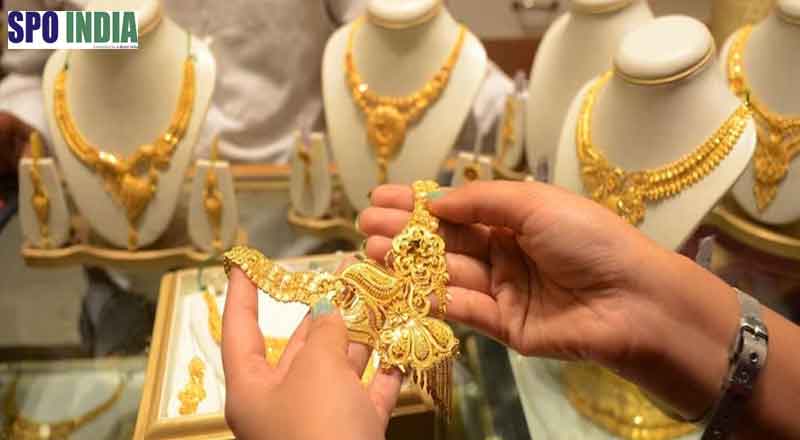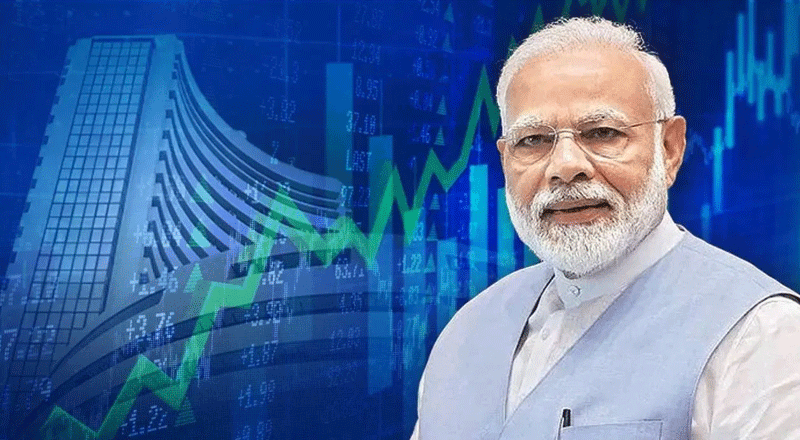- The Indian jewellery retail sector has experienced a remarkable surge over the past five years, scaling from Rs 5,04,400 crores in 2019 to an impressive Rs 6,40,000 crores by 2024.
- A report projects a robust compound annual growth rate (CAGR) of 15-16 per cent for the jewellery market, potentially reaching $145 billion by fiscal year 2028.
- The pivotal factors driving this expansion is the increasing preference for organised retail outlets, rising disposable incomes, a broader product appeal beyond traditional uses such as weddings, enhanced design and quality standards.
- The past three years have been particularly pivotal, witnessing a robust 20 per cent to 30 per cent increase in value across both total and organised market segments.
- Geographically, Tamil Nadu, Maharashtra, Karnataka, Uttar Pradesh, and other top 10 states dominate, comprising 78% of the organised retail network and significantly boosting India’s GDP.
The Indian jewellery retail sector has experienced a remarkable surge over the past five years, scaling from Rs 5,04,400 crores in 2019 to an impressive Rs 6,40,000 crores by 2024. This significant growth trajectory, highlighted in a recent Motilal Oswal report, underscores the sector’s resilience and evolving dynamics amid economic prosperity and enhanced consumer confidence.
The report projects a robust compound annual growth rate (CAGR) of 15-16 per cent for the jewellery market, potentially reaching $145 billion by fiscal year 2028. This growth is underpinned by an approximately 8 per cent CAGR from FY19 to FY24, driven predominantly by the rapid expansion of the organised retail segment, which is growing at an accelerated rate of 18-19 per cent annually.
A pivotal factor driving this expansion is the increasing preference for organised retail outlets, expected to sustain a vigorous CAGR exceeding 20 per cent and accounting for 42-43 per cent of the market share. Key drivers for this shift include rising disposable incomes, a broader product appeal beyond traditional uses such as weddings, enhanced design and quality standards including hallmarking, and an enriched customer experience in organised retail environments.
Geographically, the top 10 states such as Tamil Nadu, Maharashtra, Karnataka, and Uttar Pradesh lead the charge, collectively commanding 78 per cent of the organised retail network and making substantial contributions to the nation’s GDP.
The report underscores a transformative trend where consumers are increasingly favouring organised jewellery retailers, marking a notable departure from previous years dominated by unorganised players. From FY18 to FY24, the sector expanded from a USD 48-50 billion valuation to its current stature, with the organised market growing impressively at over 17 per cent CAGR during the same period.
The past three years have been particularly pivotal, witnessing a robust 20 per cent to 30 per cent increase in value across both total and organised market segments. This surge highlights the sector’s adaptability and resilience in catering to evolving consumer preferences and economic dynamics.
Looking ahead, the Motilal Oswal report remains optimistic about the jewellery sector’s prospects, buoyed by a favourable economic environment and shifting consumer behaviours towards quality, trust, and superior retail experiences. As the industry continues to evolve, it is poised to play a pivotal role in India’s retail landscape, driving economic growth and enhancing consumer satisfaction.
The sector’s growth is not just quantitative but also qualitative, with innovations in product offerings and consumer engagement strategies reshaping market dynamics. The emphasis on hallmarking, for instance, has bolstered consumer trust, while the expansion of organised retail chains has improved accessibility and shopping experiences nationwide.
Overall, the jewellery sector’s expansion underscores its importance as a barometer of economic health and consumer sentiment in India. With sustained growth projections and increasing market sophistication, the sector is set to consolidate its position as a cornerstone of India’s retail economy in the years to come.
(With inputs from agencies)





